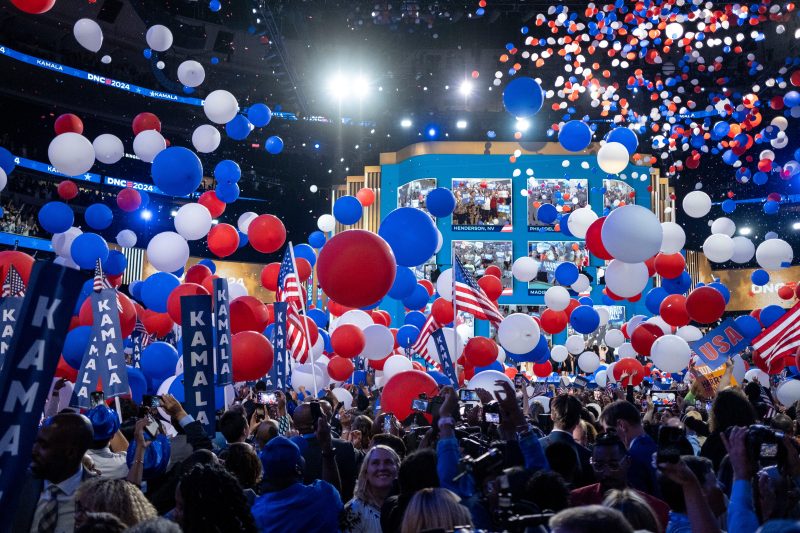The Democratic National Convention has been a platform for illuminating the party’s vision and goals to voters across swing states in the United States. In a recent survey conducted among swing state voters, a spectrum of opinions and sentiments emerged regarding the convention and its impact on their political preferences.
One of the recurring themes among swing state voters was the emphasis on unity and inclusivity at the convention. Many voters praised the diverse range of speakers and perspectives that were showcased throughout the event. This inclusivity was seen as a positive factor that could help bring people together and bridge the divides that exist within the country.
Additionally, the convention’s focus on policy proposals and substantive issues was seen as crucial by many swing state voters. These voters appreciated the detailed plans laid out by Democratic leaders on a range of important topics, such as healthcare, the economy, and racial justice. This emphasis on policy substance was seen as a stark contrast to what some voters perceive as the lack of concrete proposals from the current administration.
Moreover, the personal stories shared by everyday Americans at the convention resonated with many swing state voters. These stories highlighted the real-world impact of policies and served to humanize the political process for those watching. By featuring these personal narratives, the convention was able to connect with voters on a more emotional level and underscore the importance of empathy and compassion in governance.
On the flip side, some swing state voters expressed skepticism about the convention and the Democratic Party’s promises. These voters raised concerns about the feasibility of certain policy proposals and questioned the sincerity of some speakers. The specter of skepticism loomed large for some voters, indicating a degree of cynicism that the party will need to navigate in order to win over undecided voters.
Overall, the Democratic National Convention elicited a range of reactions from swing state voters, highlighting the complexity of political sentiment in these pivotal regions. While many voters were impressed by the convention’s emphasis on unity, policy substance, and personal storytelling, others remained cautious and critical of the party’s rhetoric and promises. As the November election approaches, the Democratic Party will need to engage with these divergent perspectives and work to build a coalition of support that resonates with swing state voters across the country.
